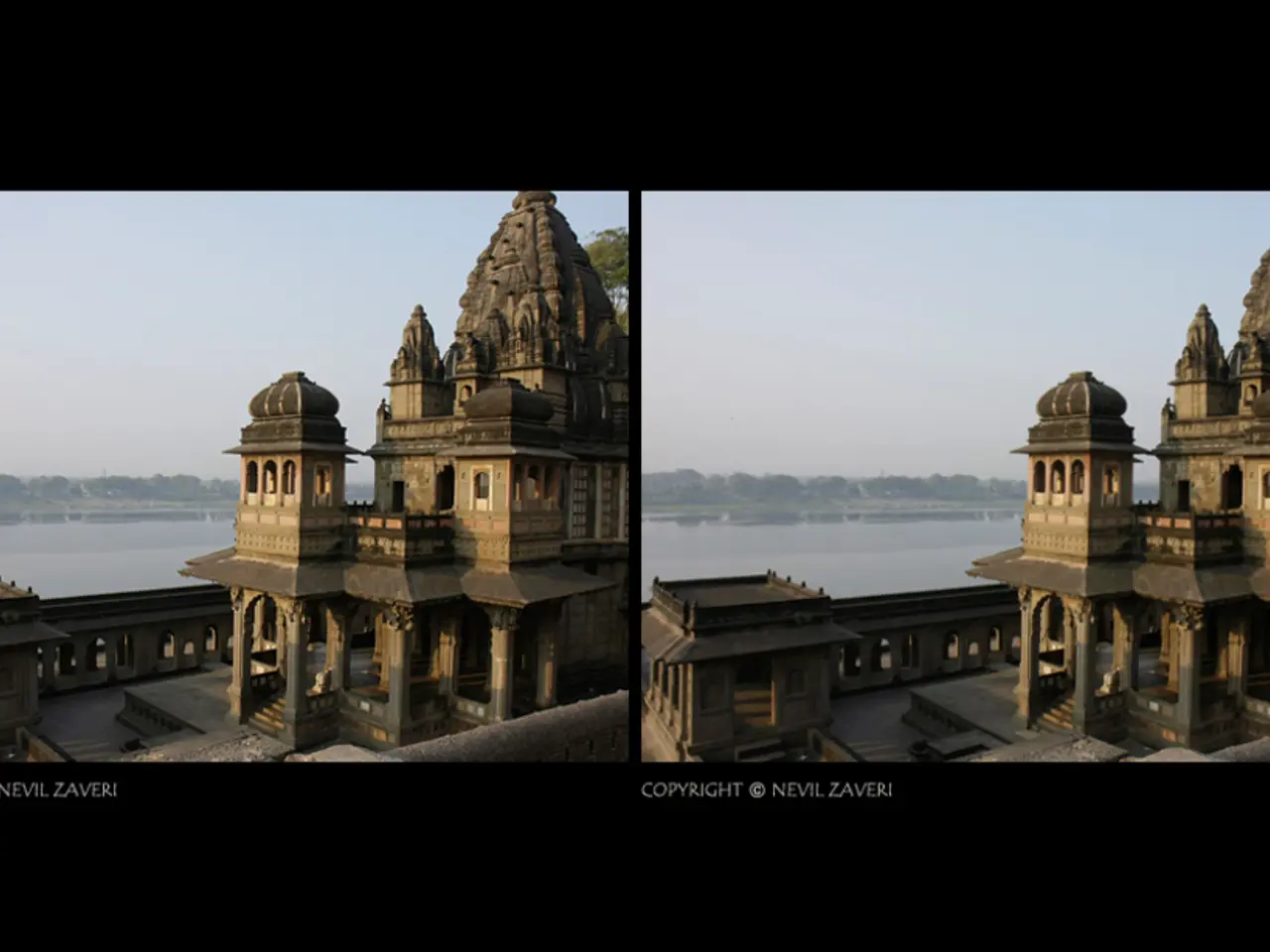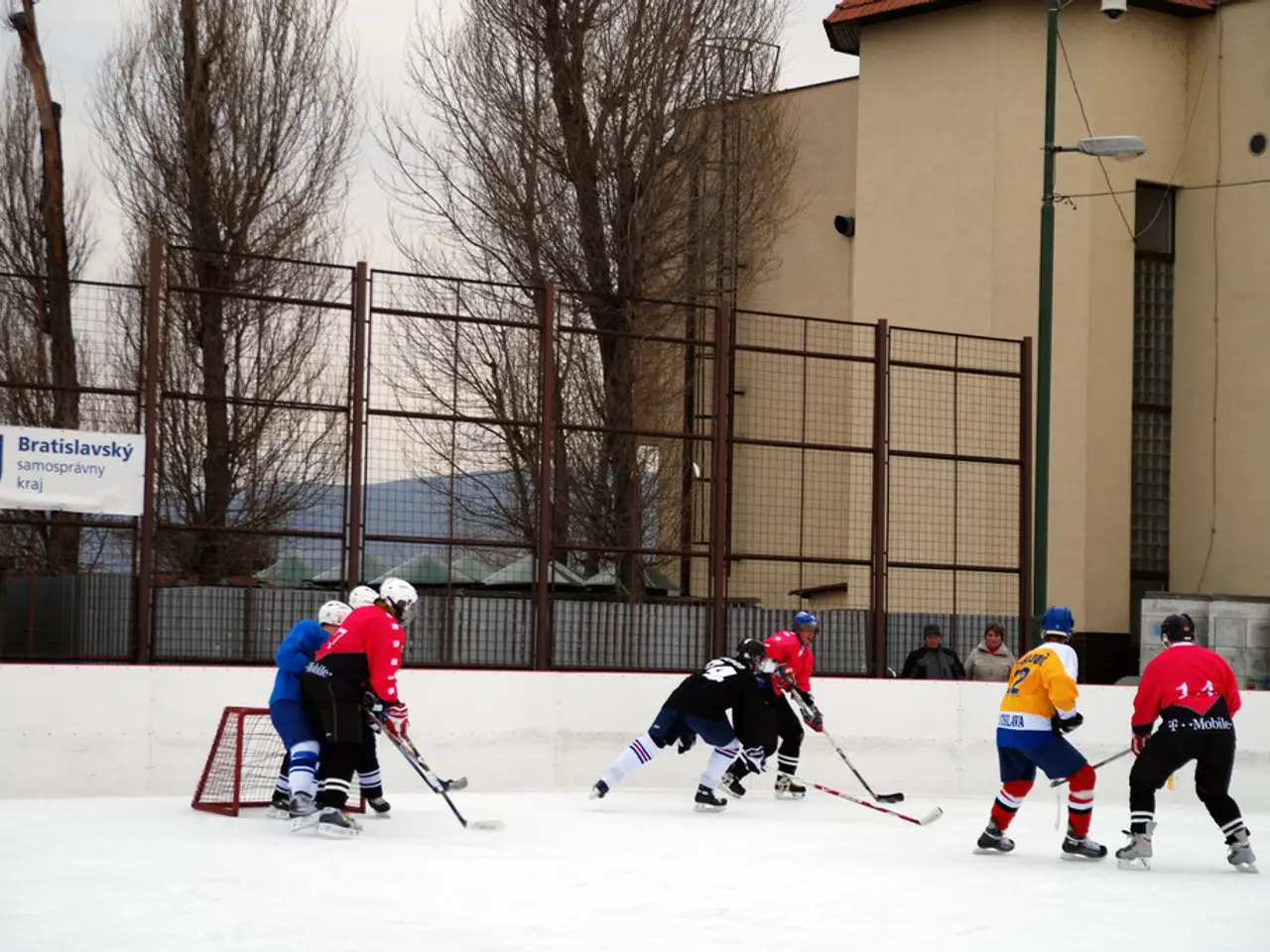Workers from Argentina who were escaping the Nazi regime in Lünen, Germany
In a poignant journey of remembrance, 64-year-old Susana Treidel recently visited the historic town of Lünen, North Rhine-Westphalia, Germany, to reconnect with her family's past. This journey, spanning continents and generations, is a testament to the resilience of her ancestors and the enduring significance of their story.
The Treidels, originally from Lünen, were part of the vibrant community that thrived in the town during the industrial boom of the 19th and early 20th centuries. However, the rise of the Nazi regime in Germany forced many families, including the Treidels, to flee in search of safety and freedom.
Susana's father, Felix, was just 18 years old when he escaped to Argentina in 1936, seeking refuge from the looming threat of the Nazis. Tragically, Susana's 17-year-old aunt moved to Berlin in September 1937, but soon after, she too fled to Palestine with a group of teenagers. Susana's grandparents, Franz and Else, followed suit, fleeing to Argentina about a year after Felix.
During her visit, Susana was guided through the Freiherr-vom-Stein-Gymnasium, a school where her grandfather, Felix, was once a student. The school's staff, Martin Hendler and Peter Gehrmann, provided valuable insights into Felix's time there.
Gisela Sons, Victor's wife, explained Victor's book "Hanni and Nanni Stumbling Stones" during the visit, offering Susana a deeper understanding of the Jewish history in Lünen. The book details the story of Hanni and Nanni, two Jewish girls who lived in Lünen during the Nazi era and were eventually deported.
The "Stumbling stones" (Stolpersteine) will soon be laid in Luenen-Brambauer, in front of Waltroper Street 10 and 32, for all four Nazi victims, including Hanni and Nanni. These memorials serve as personal and public reminders of the tragic history that Susana's family and many others experienced.
Filmmaker Michael Kupczyk provided a city tour, explaining the Jewish history of Luenen and handing over the DVD "Children of the Turnstunde." Udo Kath of the "Luenen Stumbling Stones" working group organized a multi-day program to facilitate Susana's exploration of her family's history. Sarah Habenbacher from the Luenen city archive was available for questions and answers and a comprehensive search for old documents.
Through this journey, Susana has not only reconnected with her family's past but also honoured their memory, serving as a powerful reminder of the resilience and strength of those who fled oppression and sought a better life. The Stolpersteine in Lünen stand as poignant memorials to the victims of the Nazi regime, bridging past and present through remembrance.
Susana's grandfather, Felix, was a student at the Freiherr-vom-Stein-Gymnasium, a school where sports activities were probably a part of his daily life. The Stumbling stones, personal memorials laid for victims of the Nazi regime, are often located near buildings significant to their lives, such as schools or homes, which were once centers of their sports and other activities.








